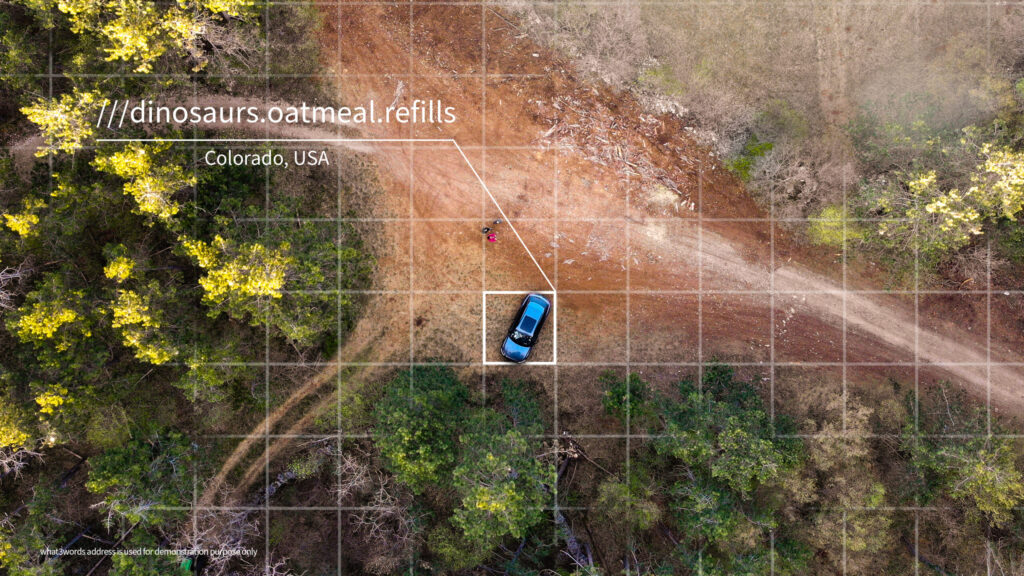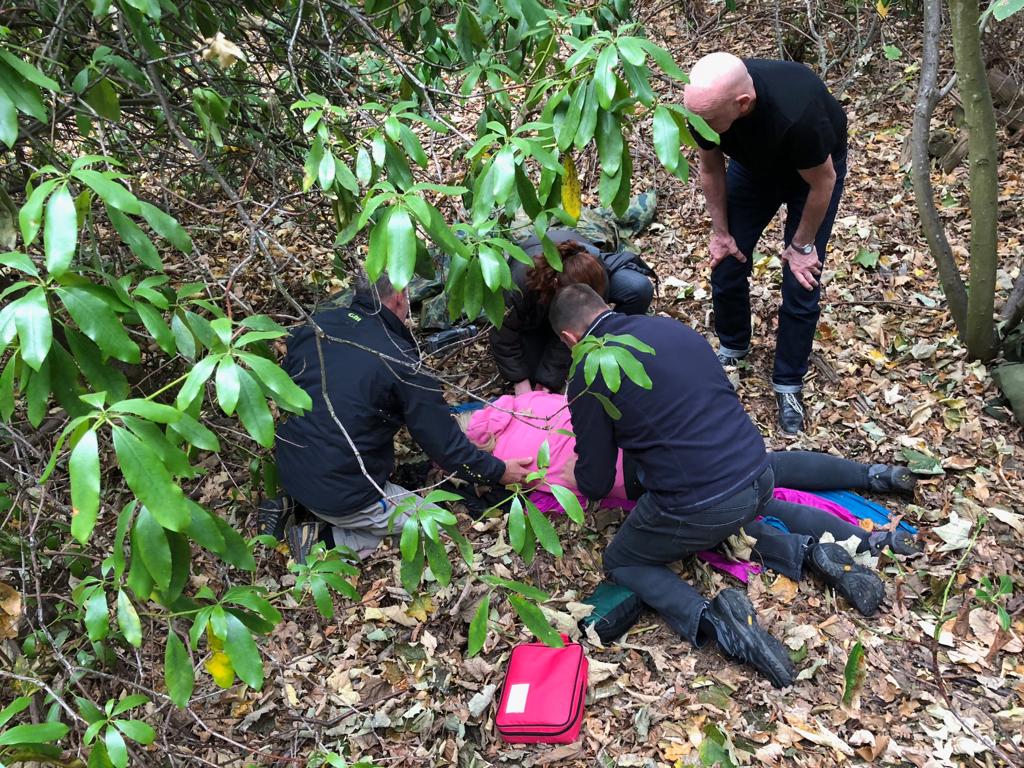1- Who is onsite?
Ensuring the safety of everyone on site is paramount, especially in fast-paced media environments. Knowing who is onsite isn’t just about tracking attendance; it’s about being prepared for any emergency. In a high-pressure industry like media, accidents can happen. Having a comprehensive understanding of who is present allows for swift response and appropriate action in the event of an emergency. From providing first aid to coordinating evacuations, knowing who is onsite can make all the difference in maintaining a safe and secure work environment.
2- Where is the nearest medical help?
When every second counts, knowing the nearest medical help location can be a lifesaver. In the dynamic world of media, where shoots and events often take place in various locations, having this information readily available is crucial. Whether it’s a minor injury or a serious medical emergency, knowing where to find medical assistance nearby ensures prompt access to the care needed. By being proactive and familiarising themselves with the closest medical facilities, media professionals can effectively respond to any health crisis that may arise on-site. Simple tools as as Google Maps might be able to provide many of the answers.
It might be worth making a “cheat sheet” noting the nearest hospitals and primary care centres. For shoots occurring overseas, this area gets more complex, and professional advice might be required.
3- How do we call for help?
In moments of crisis, knowing how to call for help can be the difference between a minor incident and a major disaster. Media professionals must be equipped with the knowledge of how to initiate emergency response protocols effectively. Whether it’s dialing emergency services or activating onsite medical teams, understanding the procedures for calling for help ensures swift assistance during critical situations. Clear communication channels and designated personnel responsible for initiating emergency calls are essential components of any effective first-aid plan in the media industry. Whilst our mobile phones will be the prime method of communication in most cases, it is always wise to have a plan B. Can you have phones on different networks? Is there a landline available? Do you have a satellite phone? Satellite phones can be a great solution, but bring their own problems, and make sure people know how to use them.
4- How do we share our location?
Sharing location information swiftly and accurately is vital in emergencies. Media professionals should be familiar with the tools and methods available for sharing their location, such as GPS coordinates, mobile apps, or built-in features on communication devices. Whether it’s directing emergency responders to the scene or guiding colleagues to a specific location for assistance, being able to share one’s whereabouts efficiently can expedite response times and ensure the safety of everyone involved. Incorporating location-sharing protocols into first aid training empowers media teams to effectively coordinate during emergencies.
Most people are familiar with Google Maps, but this doesn’t provide traditional coordinates but rather a digital version. Maps.me is an alternative, which provides coordinates in both traditional and digital formats.

Another popular option is an app called What3Words which provides a unique “code” of three words for each 3-metre square. This is used by the emergency services in the UK and elsewhere, but there can be confusion over the words as it can include plurals, however, most people find it easier to remember and pass on three words rather than six or more numbers if using coordinates.
5- Where are the first aid kits?
Knowing the location of first aid kits is essential for quick access to medical supplies in emergencies. In media settings, where fast-paced activities and varying locations are common, it’s crucial to have easily identifiable and well-stocked first aid kits readily available. These kits should be strategically placed throughout work areas, studios, and production sets, ensuring that they are easily accessible to all team members.
Incorporating regular checks and maintenance of first aid kits into workplace protocols helps ensure that they remain fully stocked and ready for use whenever needed. For some complex, multilocation shoots, it might be better to have more smaller kits than one large kit.
Working with a first aid supplies company we have devised some first aid kits aimed at the media industry, you can see more about these here: trauma kits
6- What is in the kit?
First aiders should familiarise themselves with not just the location of the kit, but also its contents.
A well-equipped first aid kit is a cornerstone of workplace safety. In media environments, where accidents can happen, it’s essential to have the necessary supplies on hand to address common injuries and emergencies. Typical items found in a first aid kit include bandages, adhesive tape, antiseptic wipes, scissors, sterile gauze pads, gloves, and a CPR mask.
Regularly reviewing and updating the contents of first aid kits ensures they remain effective in providing immediate care during emergencies. Automated External Defibrillators have batteries and pads that need routine replacement, so scheduling checks of these will ensure they remain ready for use.
Whilst many items of first aid equipment are self-explanatory, first aid training will make people more confident in their use. To find out more about our range of first aid courses visit our media industry first aid training pages here: media first aid courses
7- Where do we record the details of a first-aid incident?
Recording details of a first-aid incident is essential for documentation, analysis, and future prevention. In media settings, maintaining accurate records of first aid incidents helps track trends, identify hazards, and improve safety protocols.
Typically, incident details are recorded in a designated first aid logbook or incident report form. This information may include the date and time of the incident, the names of those involved, a description of the injury or illness, the first aid provided, and any follow-up actions taken. Ensuring that these records are kept confidential and up-to-date is vital for compliance with regulations and promoting a culture of safety within media organizations.
Some injuries or illnesses require reporting to local authorities, more details can be found on the Health and Safety Executive’s website here: RIDDOR

